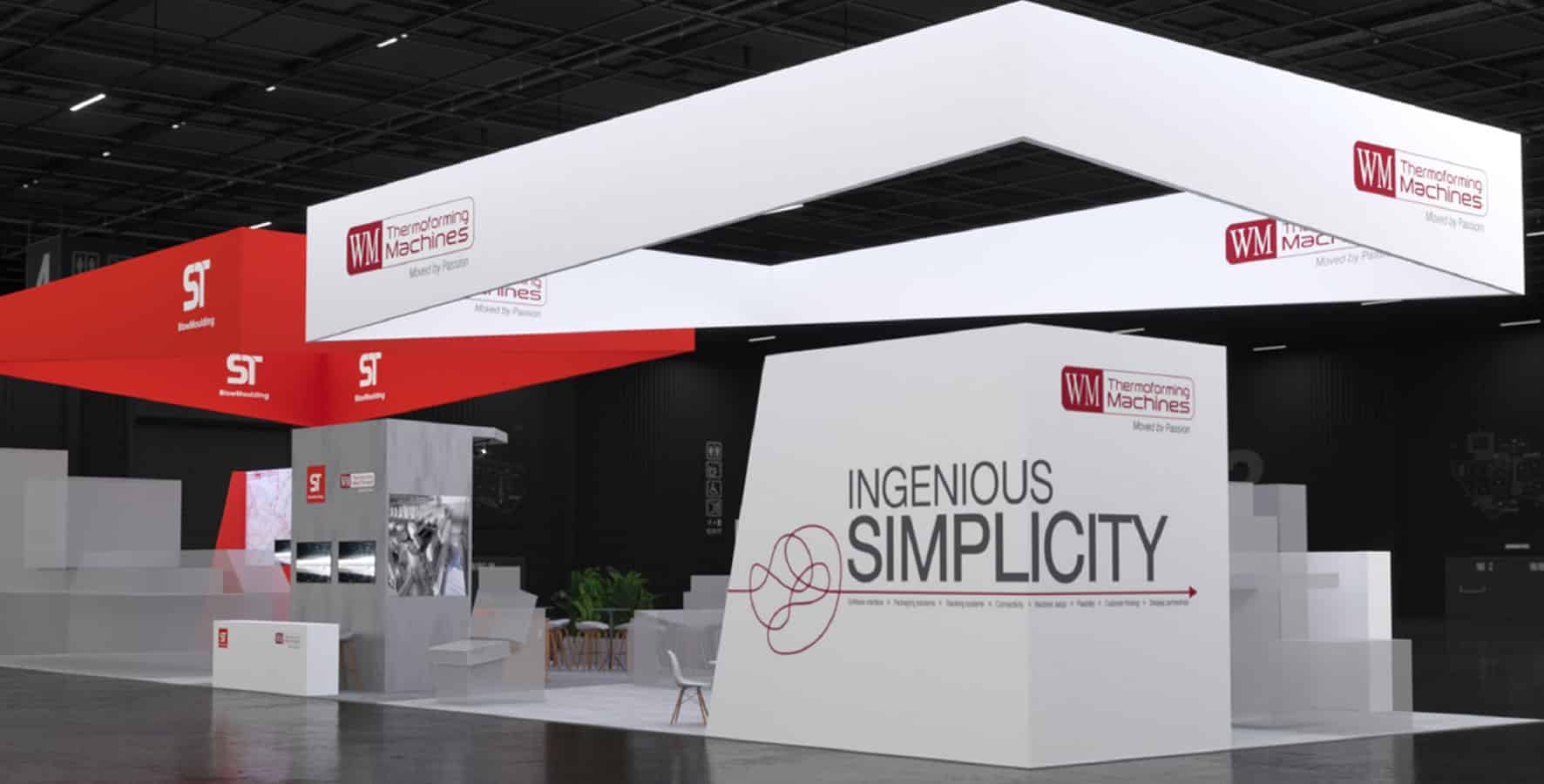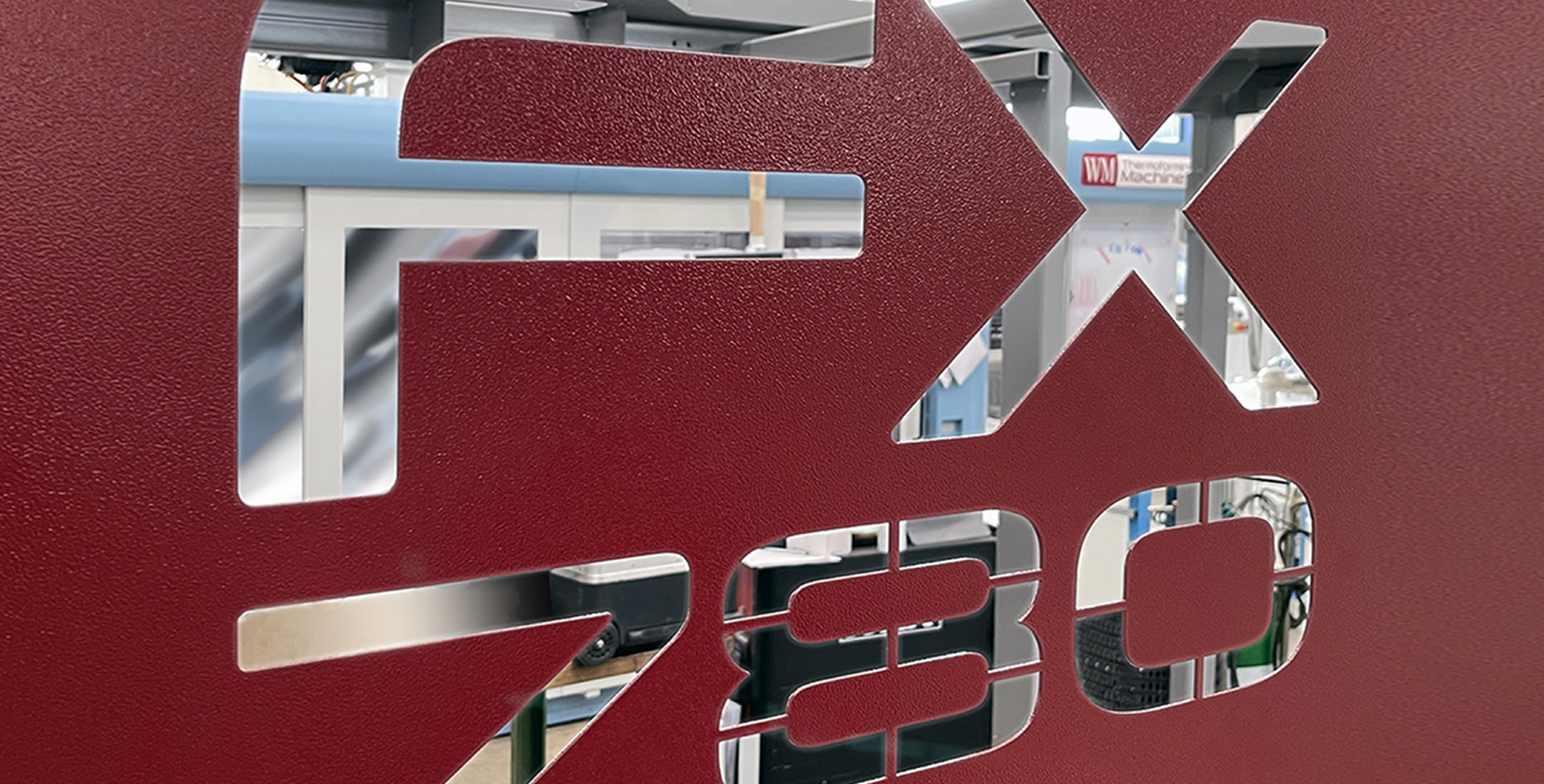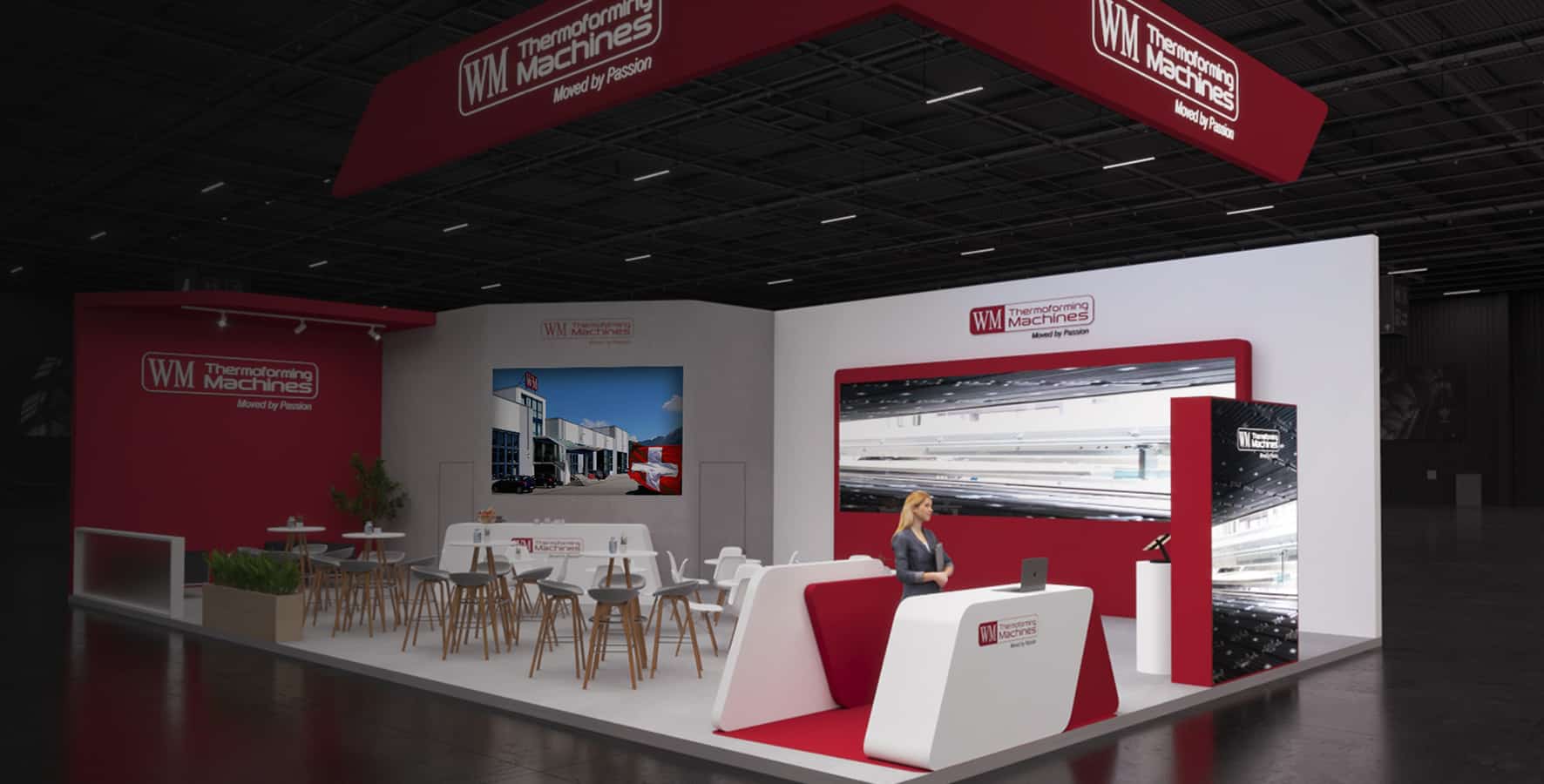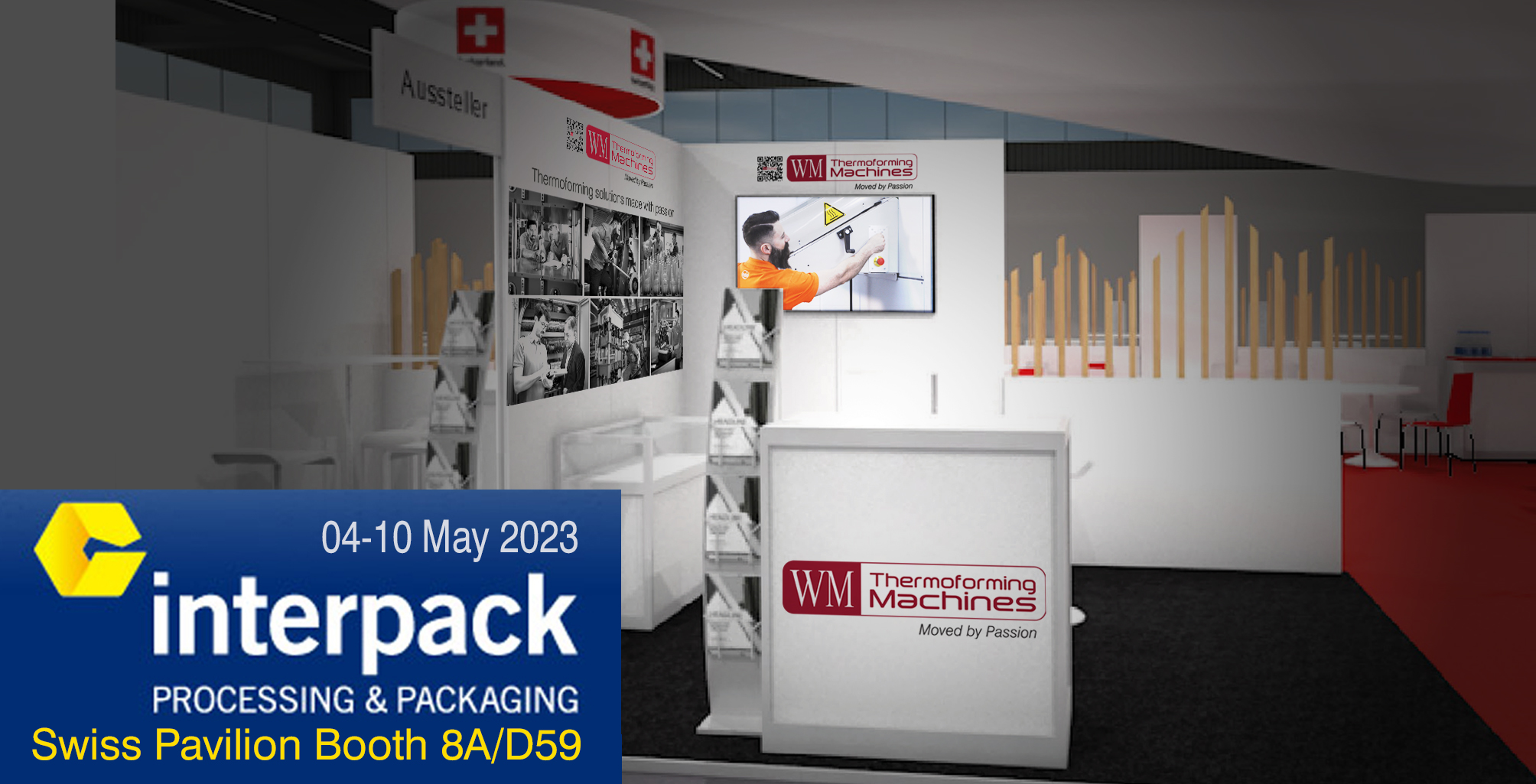With the continuous and recently unpredictable increase of energy costs, the theme of energy saving has become one of the most debated subjects. Many press articles are devoted to the subject and many catalogues, pamphlets and brochures from manufacturers of machines and industrial equipment make reference to this. It is difficult to extricate oneself from the data, numbers, capacities and, often miraculous, percentage savings that are cited, to get a clear picture.
One thing is certain: this will be a subject for discussion for many years to come. Let us start by saying that most of the information on the subject should be taken with a pinch of salt.
It often happens that comparisons are made between pieces of equipment that are not equivalent and the data provided for comparison purposes is not, in reality, significant or exhaustive.
Comparisons between new and previous generations of machines that are fifteen or twenty years older doesn’t make much sense and can be grossly misleading.
Technology has evolved along with the materials that are processed: in essence, machines have changed.
The question is difficult and lends itself to misinterpretation.
WM Wrapping Machinery has obviously long been interested in the subject.
Our approach is actually very pragmatic. We start with the fundamental assumption that the best way to deal with this issue is to start by reducing energy emissions and waste, by correctly specifying and gauging the size of all equipment installed on the machine.
In addition, we improve energy efficiency.
For us, a fundamental factor is to maintain machine performance while striving to reduce energy consumption and to achieve this goal in a way that does not lessen machine performance in terms of dependable cycle speed, end product quality and hourly production rates.
Ultimately, there are two ways to do this: consume less energy while maintaining hourly production or producing more using the same amount of energy.
Based on this assumption, WM has recently conducted a careful and thorough review of the systems they manufacture.
All new models of machines and all technical updates to existing designs have passed through this filter.
During the design stage, WM Wrapping Machinery pays great attention to streamlining the size of motors and drives that, along with careful electronic and software management of acceleration and deceleration ramps, has led to a decrease in energy consumed during production. Further savings are made by installing drives with regenerative modules which, when braking the platen movement, converts kinetic energy into electrical energy.
This energy is returned to the machine’s power supply network and is reused elsewhere in the thermoforming machine. In previous machines the braking resistance energy was dissipated as heat.
In our equipment machine platens are used to support and move the moulds. Many manufacturers forget the importance of the mould when they design their machines.
WM Wrapping Machinery has improved this aspect by providing the machine with ample adjustment to compensate for different mould heights, both for the upper and the lower platens. These adjustments allow the heights of the half-moulds to be reduced and structured more rationally, to that which is strictly necessary for the height of the thermoformed products, thereby reducing the weight of the tools.
Let’s just consider the FC Speedmaster Plus series where moulds can be mounted with minimum heights of 140 mm, which corresponds to the minimum height of each half-mould, for most thermoforming machines on the market. Considerable reductions in mould weight are converted into much reduced energy requirements.
A further advantage, provided exclusively by the WM Wrapping Machinery thermoforming machines, is the use of a multistage Venturi system to create the vacuum instead of a vacuum pump. The difference between the two systems is that the Venturi system uses energy only when vacuum is applied; on the contrary, the vacuum pump runs during the entire production cycle. The use of the multi-venturi leads to a considerable reduction in energy consumed.
For the pneumatic equipment fitted to the machine, the optimum location of the various valves has been found. The closer the valves are positioned to the user equipment and the shorter the interconnection pipes, the less compressed air the machine uses, resulting in a reduction of electricity consumed by the compressor.
The more power installed on a thermoforming machine, the more heating energy is used. But in this case, we also have two options.
The first step is to identify the best supplier of infrared ceramic heating elements. There are several potential suppliers, but only one stands out for quality and the high energy efficiency of its components, Elstein, the company selected by WM Wrapping Machinery.
In addition to the heater elements, reflectors and heat insulation within the oven play important roles in the heating ovens.
Over the years, WM Wrapping Machinery has implemented many simple improvements which have gradually increased the overall efficiency of its heaters. For example – taking into account that not all the electromagnetic waves emitted by the heating elements are absorbed by the material being heated – the portion not directly absorbed is reflected back by special reflectors (located behind the heating elements) and by the stainless steel panels that fully surround the heaters, thus substantially increasing the efficiency of the whole system.
End users appreciate this improved efficiency by verifying how it is now possible to reach the desired sheet temperature by setting heaters at a lower temperature than in the past.
Subsequently, we have been able to reduce and optimize the installed power.
Additional and continuous studies and functional tests are periodically conducted because, as previously mentioned, this subject will continue to be ever more important for future users.







